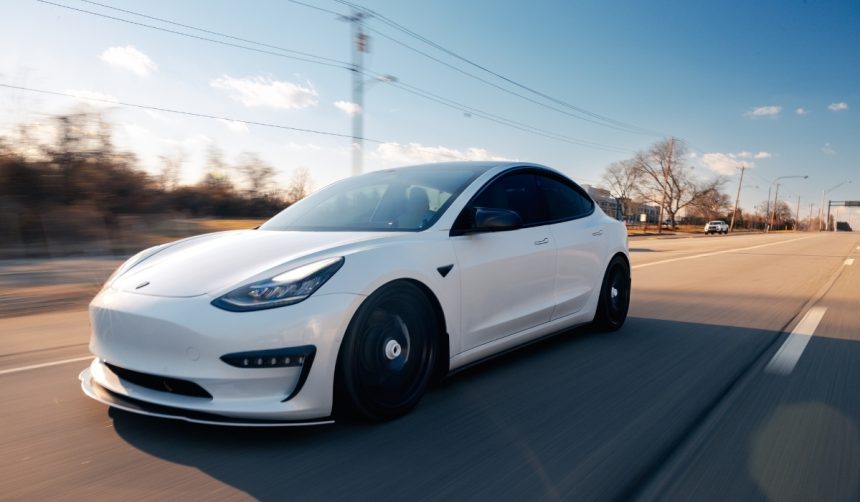As the field of artificial intelligence continues to expand at an accelerated pace, companies like Tesla are at the forefront, innovating solutions that promise to redefine technology’s role in society. Tesla’s recruitment of Data Collection Operators for its Optimus humanoid robot epitomizes a crucial step towards fine-tuning its capabilities. These roles are designed to enhance the development of the Optimus robot and ensure the seamless collection of valuable data to accelerate Tesla’s goals in robotics and AI.
Tesla’s initiative is further supplemented by previous efforts emphasizing their eagerness to capitalize on the burgeoning potential of humanoid robots. Notably, this ambition aligns with a history of unveiling advanced prototypes and receiving both acclaim and skepticism from industry experts. Persistent evolution of the Optimus model reflects Tesla’s determination to dispel early criticisms and prove the viability of its technologies in real-world applications.
What are the new roles at Tesla?
The Data Collection Operators at Tesla hold pivotal responsibilities. Their tasks include collecting data, complying with engineering requests, and providing comprehensive equipment feedback. In illustrating attributes sought by Tesla, enthusiasm towards robotics and data-driven decision-making stand out. The hired operators are expected to meet physical requirements such as walking pre-determined routes exceeding seven hours and utilizing motion capture suits and VR headsets efficiently. Additionally, adaptability to varied work hours, encompassing weekend schedules, is essential, along with the capability to travel up to 25% of the time.
How will data collection enhance Optimus?
By amassing precise data via these operators, Tesla aims to refine the functionality of the Optimus robot. This enhancement is driven by organized trials involving VR equipment, ensuring that the robot’s movements and operations can be extensively tested and improved. This strategic approach underscores Tesla’s commitment to addressing previous challenges and meeting expectations set forth at Optimus’s inaugural AI Day.
What are Tesla’s future prospects in robotics?
Tesla’s ongoing advancements promise to position them prominently within the humanoid robotics industry. Market projections from analysts, who foresee the sector blossoming into a $5 trillion market by mid-century, suggest significant commercial and industrial applications for Optimus. As Tesla capitalizes on innovative technologies, the results could potentially capture a significant share of this emerging market, paving the way for a tech-driven future envisioned by Elon Musk.
Tesla’s pursuit of advancements in AI and robotics continues to be a central focus, highlighted by its latest recruitment drive. The company’s strategic hiring reflects its broader objectives of refining operational efficiency and technological prowess. The Optimus robot development serves as a testament to Tesla’s ongoing commitment to innovation, placing it at the cutting edge of technological advancements in humanoid robotics. Successfully tapping into this potential will reinforce Tesla’s leadership in the ever-evolving tech landscape.










